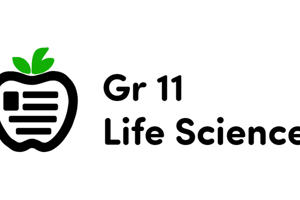Podcast
Questions and Answers
What is the main function of carbohydrates in the body?
What is the main function of carbohydrates in the body?
- Insulation
- Long-term energy storage
- Essential for growth and tissue repair
- Provide energy for cell respiration (correct)
Which nutrient is crucial for healthy skin and gums?
Which nutrient is crucial for healthy skin and gums?
- Vitamin D
- Proteins
- Vitamin C (correct)
- Fats
What is a primary role of fiber in the diet?
What is a primary role of fiber in the diet?
- Tissue repair
- Assists with digestion (correct)
- Energy storage
- Digestion
Which organ of the digestive system is responsible for emulsification of fats?
Which organ of the digestive system is responsible for emulsification of fats?
What is the primary function of vitamin D in the body?
What is the primary function of vitamin D in the body?
Which process involves breaking down food without chemical change by the teeth?
Which process involves breaking down food without chemical change by the teeth?
Flashcards are hidden until you start studying
Study Notes
- Humans need different nutrients from a balanced diet for survival, including carbohydrates, fats, proteins, vitamins, mineral ions, fiber, and water.
- Carbohydrates provide energy for cell respiration, fats are for long-term energy storage and insulation, proteins are essential for growth and tissue repair.
- Vitamin C is crucial for healthy skin and gums, while vitamin D aids in calcium absorption for strong bones; mineral ions like calcium and iron are also necessary for nutrition.
- Fiber helps with digestion and is found in vegetables, fruits, and whole grains, while water is essential for cellular reactions and can be obtained from both drinks and food.
- The digestive system breaks down food into smaller molecules for nutrient absorption, involving organs like the mouth, esophagus, stomach, small intestine, large intestine, rectum, and anus.
- Associated organs of the digestive system include the salivary glands, pancreas, liver, and gall bladder, with functions like ingestion, digestion, absorption, assimilation, and ejection of nutrients.
- Physical digestion involves breaking down food without chemical change by the teeth, stomach walls squeezing food to liquefy it, and bile aiding in emulsification of fats to increase surface area for chemical digestion.
Studying That Suits You
Use AI to generate personalized quizzes and flashcards to suit your learning preferences.




